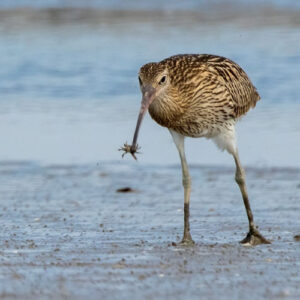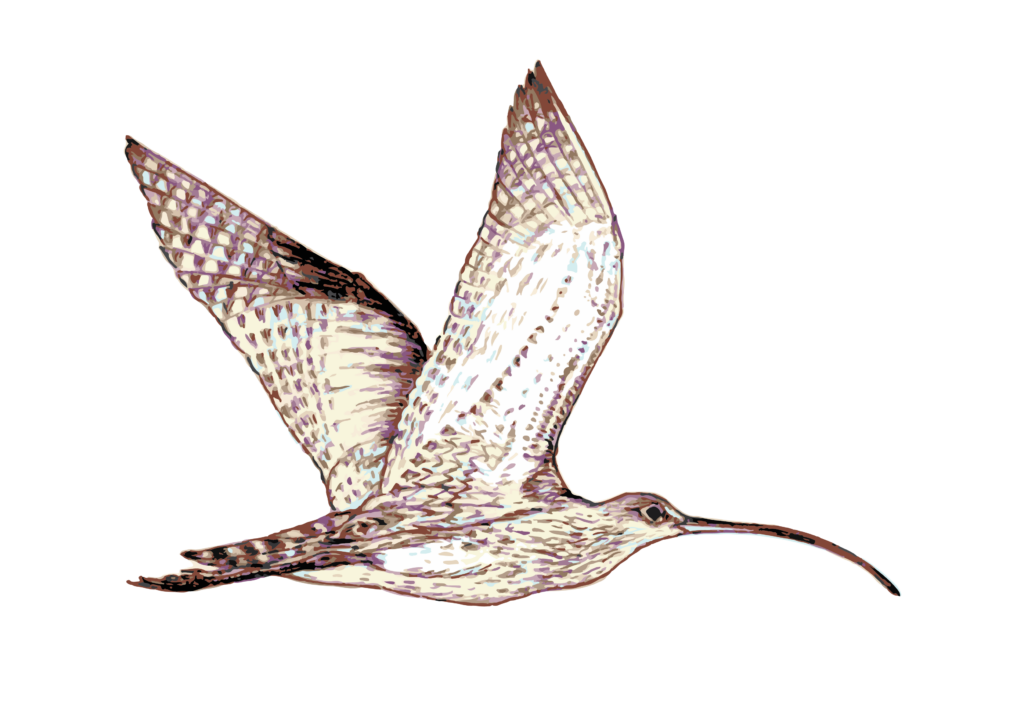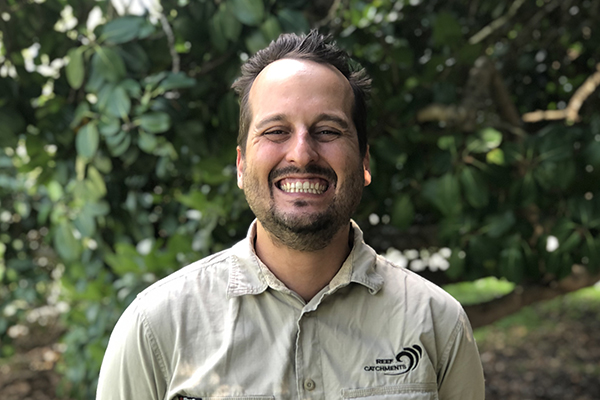The Mackay region has been identified as a non-breeding roosting destination for the critically endangered Eastern Curlew.
Using data from the Queensland Wader Study Group, the project aimed to map the regional habitats of the Easter Curlew, and then apply GIS overlays of human disturbance. The mapping can be used to prioritise strategic in situ community engagement awareness and education and to identify suitable sites for conservation interventions, such as feral animal control, Coastcare beach cleanup events and habitat restoration.
See the Eastern Curlew Storyboard here
Background
The eastern curlew (Numenius madagascariensis) is a top 20 priority bird species listed as ‘Critically Endangered’ and is identified as a ‘Listed Migratory Species’ under the Environment Protection and Biodiversity Conservation Act 1999. It is also identified as a migratory species in appendices to the Bonn Convention, and in JAMBA (Japan/Australia Migratory Bird Agreement), CAMBA (China/Australia Migratory Bird Agreement) and ROKAMBA (Republic of Korea/Australia Migratory Bird Agreement).
Eastern curlews are found in coastal regions in the northeast and south of Australia mid-July to late September, during their non-breeding season. They move locally between high-tide roost-sites and intertidal feeding zones and are most commonly associated with sheltered intertidal sandflats or mudflats, open and without vegetation or covered with seagrass (typically Zosteraceae), often near mangroves, on salt flats and in saltmarsh, rockpools and among rubble on coral reefs, and on ocean beaches near the tideline.

The key threats impacting upon this threatened species within Australia include ongoing human disturbance (such as driving on beaches and sand dunes, and unrestrained domestic dogs), coastal development, land reclamation, pollution and weed invasion.
The purpose of this project was to collate historical monitoring data that has been collected by the Queensland Wader Study Group into a visual habitat prioritisation asset that overlays identified eastern curlew roost-sites and feeding zones with mapping of human disturbance in the Mackay region. The output will be a legacy resource for addressing information gaps regarding the impact of disturbance (pest animal and anthropogenic) on eastern curlew populations in the Mackay region.
Project Outline
The project has delivered the following key activities:
- Overlay mapping of eastern curlew roost sites and feeding zones with human disturbance in the Mackay region to deliver a spatial multi-criteria analysis for prioritising conservation and community engagement works. See the Final Report Here
- Communications Strategy
- Targeted feral pest animal control as identified through prioritisation mapping.
- Production of a prospectus of recommended future on ground conservation interactions based upon the spatial multi-criteria analysis that can be used in applying for funding opportunities and/or incorporated into broader conservation projects. See the Prospectus Here

